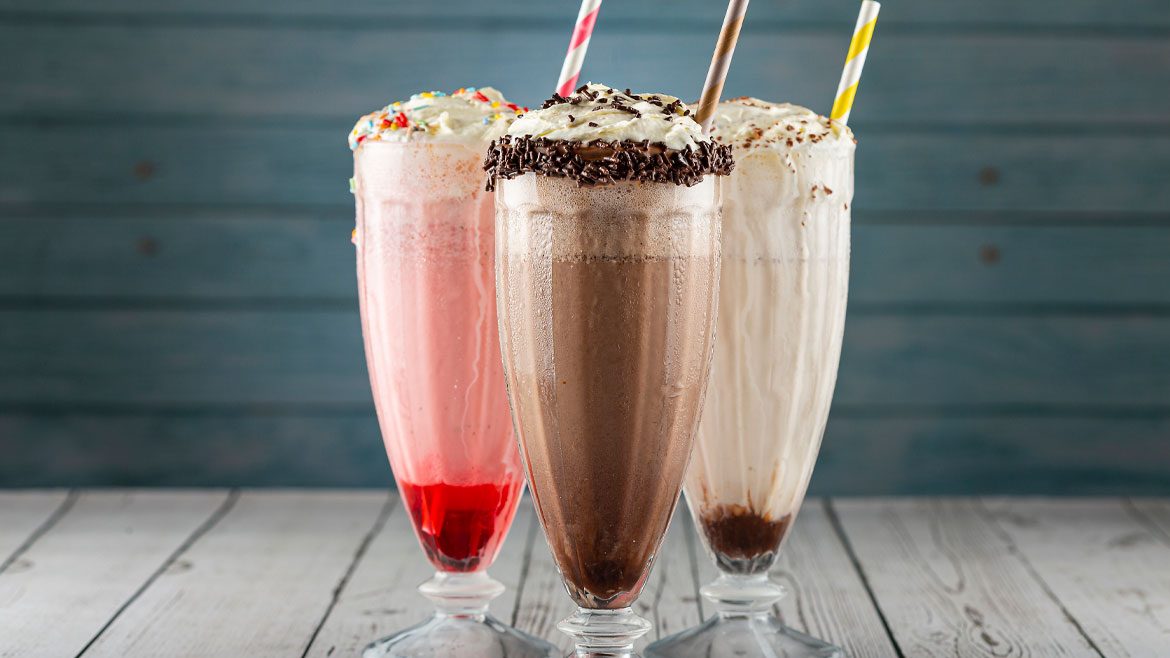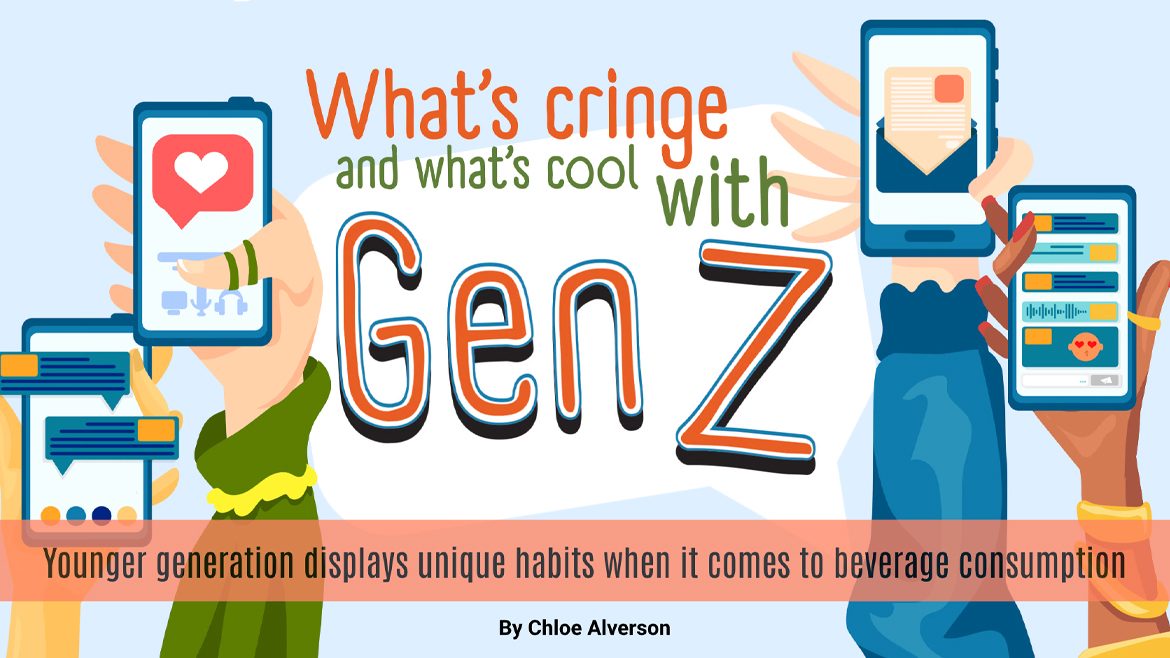
New product development inherently includes considering who your ideal consumers will be. However, ensuring those consumers know about your product and embrace it is a bit more challenging. If your product is geared to children or, on the other side of the spectrum, baby boomers, those demographics might require more general product statements, experts say. But if you’ve formulated a product for health and wellness consumers, it might be best to communicate the product’s nutritional benefits as clearly as possible.
Children’s beverages
A major focus of children’s beverages has been to offer lower calorie beverages. The American Beverage Association (ABA), Washington, D.C., reported in March that America’s leading beverage companies had reduced the calories in beverages shipped to U.S. schools by 88 percent since 2004. Focusing on nutrition in children’s beverages is part of a larger industry movement, says Lynn Dornblaser, director of consumer product goods trend insight at Mintel International, Chicago.
“It seems big picture, what we’re seeing across all product categories for kids is a stronger focus on products that focus on nutrition rather than just being cartoon characters and princesses, which makes a lot of sense,” Dornblaser says.
This summer, Nestlé USA introduced Juicy Juice Sparkling Fruit Beverage made with 70 percent fruit juice and 30 percent lightly carbonated water. Available in Apple, Berry and Orange, Juicy Juice Sparkling is packaged in 8.4-ounce cans, and while it’s sized for children, the company aimed communication at parents. The brand included tips for parents to help encourage kids to eat better during the summer, including simplified snacks and planting a garden.
Baby boomers
Those born between 1946 and 1964, known as baby boomers, make up about 26 percent of the U.S. population, according to Mintel. The group is large and diverse, which presents challenges, Dornblaser says.
“I think if you ask just about anybody who is a baby boomer they would say that in their heads they’re not the age that they are,” she says. “You close your eyes and you imagine yourself, and it’s not what you see in the mirror. It’s something quite different. It can be really kind of upsetting and to some very offending to have products that are geared to what your reality is versus what you wish it would be.”
One formulation that usually targets the baby boomer segment is products fortified with glucosamine, such as Joint Juice from the San Francisco-based company of the same name. Joint Juice recently introduced a powdered beverage mix in Blueberry Acai flavor that explicitly communicates its joint benefit formulation. On the other hand, retailer Target’s Archer Farms private label brand offers a Simply Balanced Cherry Apple juice with vitamins, minerals and added glucosamine. The products represent two ways to market a functional product to an aging consumer, she says.
Health and wellness
A study conducted by SymphonyIRI, Chicago, found that 74 percent of consumers try to consume products that are healthier, says Susan Viamari, editor of the research firm’s “Times and Trends.”
Many products are choosing to make lower calorie formulations as a way to appeal to the health and wellness minded consumer, she says.
“Over the past year we actually found that food and beverage products with a calorie-related claim, that might be low-calorie or calorie-controlled for example, actually grew 5.4 percent which is pretty big, and this is in dollars so part of it is driven by price, but in fact the CPG industry as a whole really was flat to negative over the same period, so it’s a big difference,” Viamari says.
SymphonyIRI is watching the performance of PepsiCo’s Trop50 line of reduced calorie juices. Tropicana debuted the first product in the line, Trop50 orange juice with 50 percent less sugar than traditional orange juice, in 2008. The Trop50 line is sweetened using PepsiCo’s PureVia stevia-based sweetener. The line recently introduced a new 59-ounce plastic bottle for its Trop50 Orange Juice with Calcium and vitamin D, Pomegranate Blueberry, and new Farmstand Apple varieties.BI
Dewmocracy showcases opportunity of social media
The popularity of social media websites like Facebook and Twitter allow brands to have two-way conversations with their fans, involving fans in new product development. One successful example is PepsiCo’s Mountain Dew brand, which reported more than 1 million people participated in its first Dewmocracy campaign in 2008.
“Mountain Dew really marketed their product in an innovative way,” says Susan Viamari, editor of Chicago-based SymphonyIRI’s “Times and Trends.” “They know they have a strong fan base and so the Dewmocracy strategy was very, very fan-focused. They used social media, which of course, is very popular along this target market to allow consumers to vote for the winning flavor. It created an amazing amount of buzz.”
Mountain Dew’s first Dewmocracy campaign produced Voltage, a brand that ranked eighth on SymphonyIRI’s New Product Pacesetters report for 2009. Voltage reported $52 million sales in its first year on the market, according to SymphonyIRI.
Recognizing the strength of the campaign, this year’s Dewmocracy 2 once again tapped the “collective intelligence of its most passionate consumers to help write a new chapter in the beverage’s history and elevate the premier lifestyle brand to new heights,” according to Mountain Dew.
Dewmocracy 2 was a seven-stage, 12-month, consumer-driven campaign launched in July 2009 that enabled more than 4,000 of the brand’s most loyal fans, referred to as DEW Labs members, to co-create three new Mountain Dew beverages. Leveraging a variety of social media networks and tools, the brand and consumers collaborated on all areas of product development, including flavor, color, name and package design.
In April, Mountain Dew launched three new Mountain Dew flavor innovations: Distortion featuring lime, White Out with an infusion of citrus and Typhoon showcasing tropical flavors. Mountain Dew fans remained engaged as the three new Dew products hit shelves nationwide.
Consumers were able to vote for their favorite flavor, and were aided by the campaigning of three “Flavor Nations,” which were comprised of DEW Labs members supporting each of the new flavors. In addition to in-person events, social media enabled the program to thrive, says Julie Hall, executive vice president of consumer practice and social media at Schneider Associates, Boston.
“You’ve got these engaged fans with the Dew Labs, their most loyal fans, and you’ve got these 1 million people on Facebook that you’ve engaged, and that’s an incredible baseline to start your sampling and start your word of mouth marketing and you couldn’t do that before,” she says.BI





